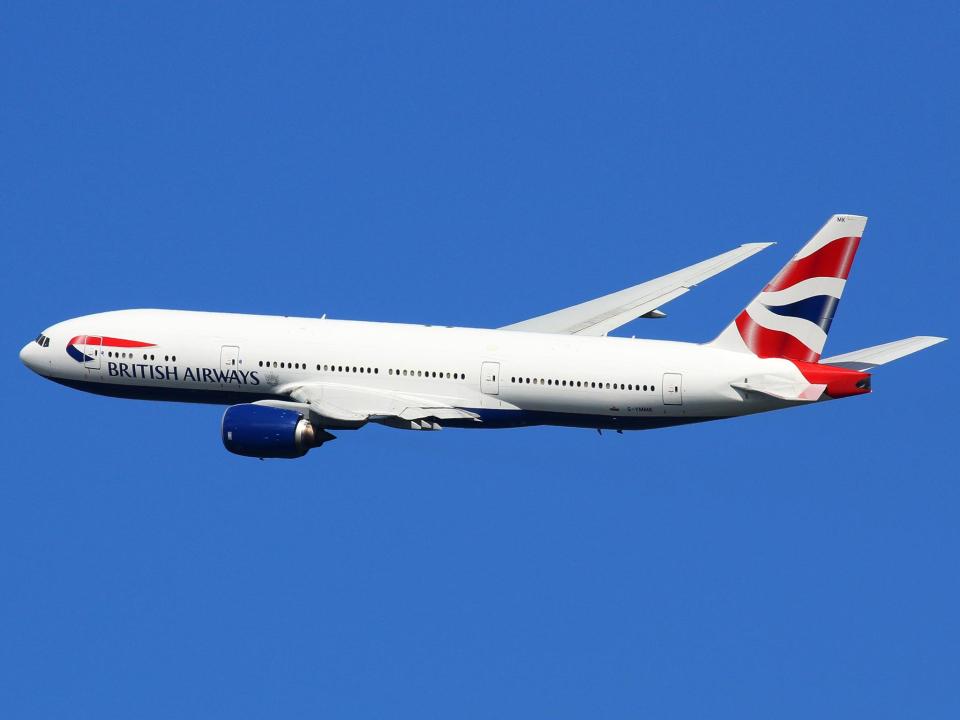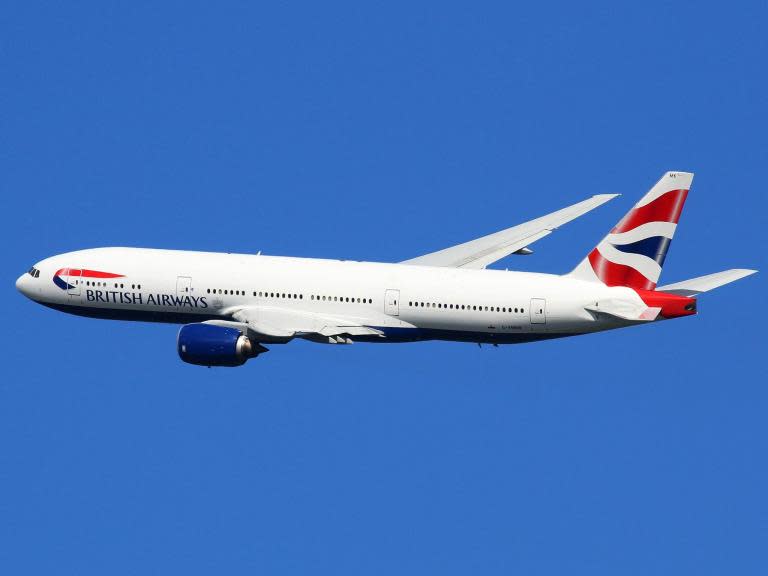What are the rules concerning plus-size passengers on flights?
A passenger on a long-haul flight is suing British Airways for what he claims is physical harm suffered after being seated next to a large fellow traveller. But how can overweight passengers be sensitively accommodated on increasingly crowded aircraft?
Are flights are getting more crowded with less personal space?
Yes. Long-suffering airline passengers are accustomed to the discomfort of modern flying. But now the squeeze really is on, with airlines cramming more seats into the same size economy cabin, both on short-haul and long-haul planes. BA and other “legacy” airlines are seeking to compete with the budget carriers by packing more seats into their short-haul fleets. And British Airways is halfway through a programme of “densifying” its Boeing 777 fleet at Gatwick, by fitting an extra 52 seats into each aircraft.
When the 777 was introduced 24 years ago, almost every schedule airline fitted each economy row with nine seats abreast. But now the trend is towards 10 abreast. Air Canada, for example, has revealed “new slimline seats in economy”.
What is happening to the size of passengers?
Aviation is a “one-size-fits-all” business, but passengers are increasing in girth. According to the most recent figures from NHS England, 26 per cent of adults are classed as obese – compared with 15 per cent a quarter-century ago. At the same time, airlines are getting much better at filling up their aircraft.
Twenty-five years ago, the average “load factor” – the proportion of seats occupied on each plane – was about 70 per cent, meaning there were plenty of spare places on the typical flight. Today, airlines such easyJet and Ryanair are in the mid-90s, which means an average of seven or eight seats spare – and, on many services, none at all. Good for the environment, not so good for those of us who like a bit of room to move.
You can’t blame the airlines for squeezing us in; they are responding to the relentless public demand for cheap flights.
What are the options for plus-size passengers?
On long-haul flights, there’s a simple if unappetising solution: spend more. At the same time as airlines are making basic economy more basic, they are expanding premium economy – pay a bit more, get a bit more space. If you need a more than a bit of extra room, then you could move up to business class – though fares are often many times more than in economy.
For this reason, some larger passengers routinely buy two seats: Ryanair, the biggest budget airline, makes it relatively easy (providing you book the second under the name “Extra Comfort Seat”), while easyJet says its seats are 17.5 inches wide and if you are unable to fit into a single seat, “You will be required to purchase additional seats at the prevailing rates”.
Virgin Atlantic urges passengers with a high body mass to book extra space, and stresses “you will not pay any passenger taxes, fees, charges or surcharges on the extra seat.”
British Airways says: “Our customers have individual needs so we discuss options and provide guidance on a case-by-case basis.”
The most benign solution is operated by Air France. It offers passengers who won’t comfortably into a single seats the chance to buy a second, adjacent seat at a 25 per cent discount – with the promise that, if there are any unoccupied seats in your cabin, you get a refund on the second seat.
What if a passenger who can’t comfortably fit into a standard seat just turns up?
Most of the time, if there is some space available, cabin crew will work sensitively and discreetly to find a suitable pair of seats to maximise comfort for the large passenger and minimise discomfort for fellow travellers.
Problems arise, as in the British Airways court case, when flights are full. Air France warns passengers who don’t avail of the extra-seat offer: “In the interest of safety, if the flight is full and you have not reserved an additional seat, you may not be allowed to board if your build does not permit you to sit comfortably in a single seat.”
Passengers who are denied boarding because of their size will not qualify for compensation, but they will generally be accommodated on the next available flight.
Do fellow passengers have the right to unimpeded use of their seat space – and can they demand an upgrade?
Legally, no. The Civil Aviation Authority (CAA) deals with obesity only in terms of its threat to pilots’ health. The authority requires seats to be configured to allow passengers to escape swiftly in an emergency. But the CAA is silent on encroachment.
British Airways has rules about behaviour “which causes discomfort, inconvenience, damage or injury to the crew or other passengers.” But having a high body mass and sitting passively in a seat cannot be classed as “unacceptable behaviour”.
If, in a full economy section, a possible solution involves re-seating someone in a premium cabin, there is no reason to assume that either the large passenger or their neighbour will get the benefit; airlines generally issue upgrades according to frequent-flyer status.
Should passengers be weighed at check in?
Ideally, yes – but not to embarrass or surcharge overweight people. Stepping on the scales at check-in is a good idea is for safety and environmental reasons.
To operate safely and efficiently, pilots need to know the weight of the plane and everything in it. The CAA assumes passengers and their presumed 6kg of hand baggage weigh an average of 84kg. Children under 12 are assumed to average 35kg. And each passenger’s checked-in baggage is deemed to average 13kg, though this is one thing that the airline should know with accuracy since all hold bags are weighed
If the captain knows the plane is carrying less weight than the “assumed mass”, he or she can load a little less fuel, which in turn uses less fuel to carry. Also, on routes where there is a restriction on passenger numbers because of range limitations, knowing exact weights can mean a plane carries more people – reducing the “footprint” per person.
On small passenger planes, such as those used for safaris, it is essential for passengers to be weighed, in order to assign seats in a way that maximises safety. Wilderness Air in Zambia insists on knowing weights ahead of time, so it can plan its operation. Small planes are much less tolerant of “weight and balance” issues than bigger passenger aircraft.
But unless it is for safety reasons, passengers are unlikely to tolerate the indignity of being weighed at check-in.



